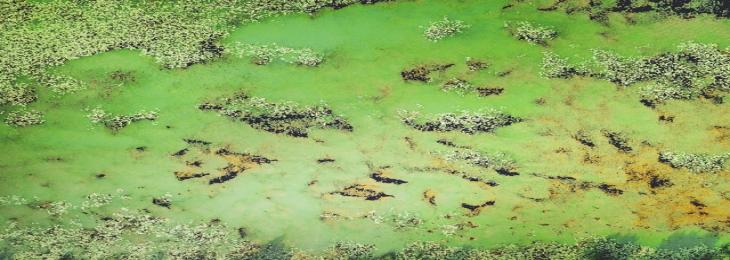
Newly modified yeast can prevent mold from tearing down cell walls and can produce protein in large quantities for external use as a natural fungicide.
Fungicides are the major weapons in the agricultural sector, however, they pose a threat to the environment. Over the time, fungus develops resistance to the fungicides, leading farmers to a constant search for new and improved ways to fight fungal growth. Recent developments are taking advantage of the opportunity to protect native plants from fungus. In a paper published on July 2021 in Biotechnology and Bioengineering, engineers and plant biologists at UC Riverside described that a protein can prevent mold from breaking down cell walls, and use the yeast as a natural fungicide.
The work can lead to a new way of controlling plant diseases that reduce reliance on common fungicides. To invade plant tissues, the mold produces enzymes that use a slower reaction to break down the walls of heavy cells. Among these are polygalacturonase, or PGs. Plants produce proteins including PG-inhibiting proteins that slow down this catalysis.
The scientists incorporated selected components into the baker's yeast genome to make the yeast produce PGIPs. The yeast was used instead of plants because yeast does not have its PGIPs to test and it grows faster than plants. After confirming that yeast replicates with new DNA, the researchers introduced it into the culture of Botrytis cinerea, a fungus that triggers the rot of gray mold on pencils and other plants; and Aspergillus Niger, which produces black mold on grapes and other fruits and vegetables. Yeast containing both complete and partial DNA components encoded in PGIP production effectively inhibit fungal growth.
These results confirm the ability to use PGIPs as exogenous agents to prevent fungal infections. Therefore, the use of this natural plant-based yeast will have little effect on the environment leading to a new way of controlling plant diseases that reduce reliance on common fungicides.






